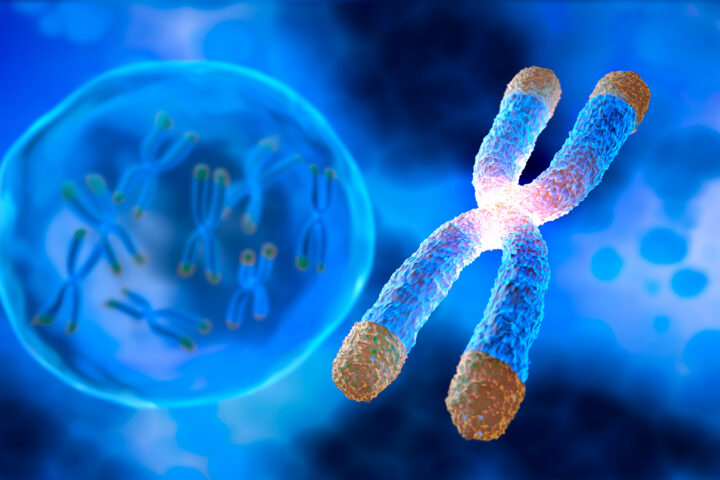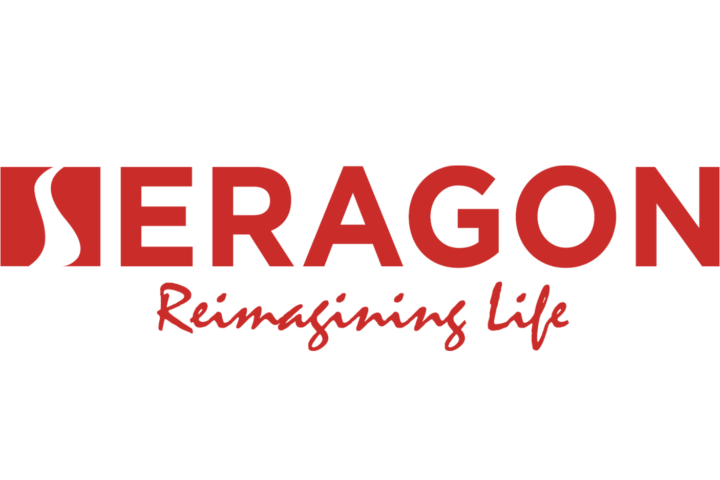Women Are Studied Less than Men
The pursuit of longevity has often neglected the crucial aspect of women’s health, especially as they advance in age. This oversight is eloquently addressed in Colin Farrelly’s paper, “Longevity Science and Women’s Health and Wellbeing,” which advocates for a paradigm shift. Here, the emphasis is on modulating the rate of aging as a pivotal factor in enhancing the overall health and wellbeing of elder women worldwide. This article embarks on an exploratory journey to unravel the complex interplay between longevity science and women’s health. It aims to illuminate the unique hurdles and prospects that are emerging in this field, underscoring the necessity of a nuanced understanding of how these elements intertwine.
The Longevity Paradox in Women’s Health
While women, on average, outlive men, this longevity doesn’t always equate to healthier lives. There exists a stark contrast in health quality between older women and men, a point Farrelly’s research underscores with urgency. This disparity could be caused by multiple factors, including genetics, behavioral choices, immune responses, environmental exposure, hormones, and others. Regardless, the longevity paradox presents a complex scenario where extended lifespan does not necessarily mean a healthier or more fulfilling life. This divergence opens a Pandora’s box of issues pertaining to geriatric care, mental health, and overall life satisfaction among aging women, necessitating a deeper probe into the factors contributing to this disparity.
Farrelly’s analysis underscores the two main strategies in the medical space: deliberately control the rate of aging and meticulously control disease. The former represents the main focus on the longevity biotechnology circuit and presents a much-needed positive outlook for women’s health, particularly in their twilight years. The latter represents the current mode-of-action pursued by medical companies and corporations at large. By redefining our approach towards aging control, we can potentially unlock new pathways to first, enrich life’s quality and second, increase its length. It should be noted that meticulous disease control is not an objectively bad thing. In fact, many longevity therapies unwittingly target the causes of premature death, resulting in lifespan extension while concurrently controlling disease. It is likely a multifaceted approach that will eventually herald a new era of healthspan extension, including metrics designed to control disease and extend healthspan.
Rate of Aging Control: Reproductive Longevity
Harnessing control over the aging process could bestow immense benefits for women, leading to reproductive longevity, diminished economic vulnerabilities in old age, and easing the often-daunting caregiving responsibilities predominantly borne by daughters. Yet, we are faced with a new problem: declining global fertility. As if something out of Children of Men, the number of live births is predicted to dip below the level required to maintain human populations by the year 2100.
Some point to increasing levels of education being correlated with a reduction in the number of offspring. Others point to an extension in years before younger generations feel financially stable enough to have children, or societal shifts away from the idealized child-rearing family. Regardless of sociopolitical, demographic, and fiscal issues, the effects could be dire. Prospective mothers might be enticed by in vitro fertilization, but the quality and fecundity of ovum does decrease with age. By refocusing some efforts on reproductive longevity, we could be circumventing a potential crash that is predicted to loom on the horizons of our society’s children, or their children’s children.
Global Aging and Women’s Roles
Enduring illness, frailness, and the disabilities associated with advanced age can lead to financial difficulties for those who live the longest. Meanwhile, many countries lack the social protection systems that should leverage tax dollars to protect those who came before. Many elders lack savings at all, having instead devoted their lives and life savings to bring about better opportunities for their children. While the best outcome would be social works changes, it is still economically beneficial for longevity interventions to allow workers to maintain their functional status as producers in our system. This could compress the amount of time that they are vulnerable during the retirement stage of lifespan.
Conclusion
Longevity science, and particularly the concept of age-rate control, emerges as a promising pathway for enhancing the health and wellbeing of women across the globe. Farrelly’s paper is but one call for intensified research and advocacy in this arena. It underscores the urgency of placing women’s health at the forefront of discussions surrounding an aging population. While scientific history shows a disproportionate experimental bias towards males, the evidence is becoming clear that we should refocus a larger portion of efforts onto the longest-lived, the most burdened, and those who have spent their younger years assisting others.
Sources
- Farrelly, Colin. “Longevity Science and Women’s Health and Wellbeing.” Department of Political Studies, Queen’s University, Kingston, Canada.
- Annalisa Merelli. “Life Expectance for Men and Women”. Stat News, Boston, MA.









